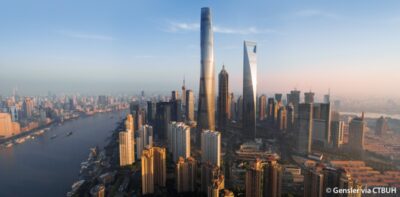The important rule of PVC compounds in modern constructions
The construction industry has long sought materials that combine durability, versatility, and cost-efficiency. Polyvinyl Chloride (PVC) compounds have emerged as a cornerstone in modern building practices, offering a range of applications that enhance the quality and functionality of buildings and houses. This article delves into the use of PVC compounds in the construction sector, examining their properties, benefits, and the future of PVC in architecture.

modern skyscraper and construction
Introduction to PVC Compounds
PVC is a thermoplastic polymer that has become the third-most produced plastic globally. Its widespread use in construction is attributed to its unique combination of durability, versatility, and affordability1. In Europe alone, 70% of all PVC produced is used in building and construction, making it the leading plastic in the sector.
Properties of PVC Compounds
PVC compounds are renowned for their strength, lightweight nature, and ease of installation. These properties make PVC an ideal choice for a multitude of construction applications, from pipes and cables to window profiles and roofing. The addition of plasticizers can transform PVC from a rigid material to a flexible one, further expanding its use in applications like flooring and wall coverings.
Applications in Buildings and Houses
In residential and commercial buildings, PVC plays a pivotal role in various components:
Pipes: PVC pipes are ubiquitous in modern plumbing, providing clean water and efficient waste management. They are prized for their recyclability and longevity.
Windows and Doors: PVC window profiles offer excellent energy efficiency, aesthetics, and design flexibility, often rivaling traditional materials like wood.
Roofing: PVC roofing membranes are known for their durability, weather resistance, and ease of installation. They contribute to the building’s overall energy efficiency and are fully recyclable.
Flooring: Known as resilient flooring, PVC flooring stands up to heavy foot traffic and frequent cleaning, making it a popular choice for both commercial spaces and residential areas like kitchens and bathrooms.
Environmental Impact and Sustainability
One of the key advantages of PVC is its lower environmental impact compared to other construction materials. PVC is 100% recyclable, which reduces the demand for raw materials and minimizes waste. Its durability also means that products last longer, decreasing the frequency of replacements and the associated environmental footprint.
The Future of PVC in Construction
As the construction industry continues to evolve, the demand for materials that meet the needs of modern architecture while being environmentally responsible is on the rise. PVC compounds, with their unparalleled versatility and sustainability, are well-positioned to meet these demands. Innovations in PVC formulations are expected to further enhance its performance and recyclability, solidifying its role as a material of choice for future construction projects.
Conclusion
PVC compounds have transformed the building and construction industry, offering a material that is not only cost-effective and versatile but also environmentally friendly. As architects and builders look towards sustainable and innovative construction practices, PVC’s role is set to grow, continuing to shape the skylines of our cities and the homes we live in.
